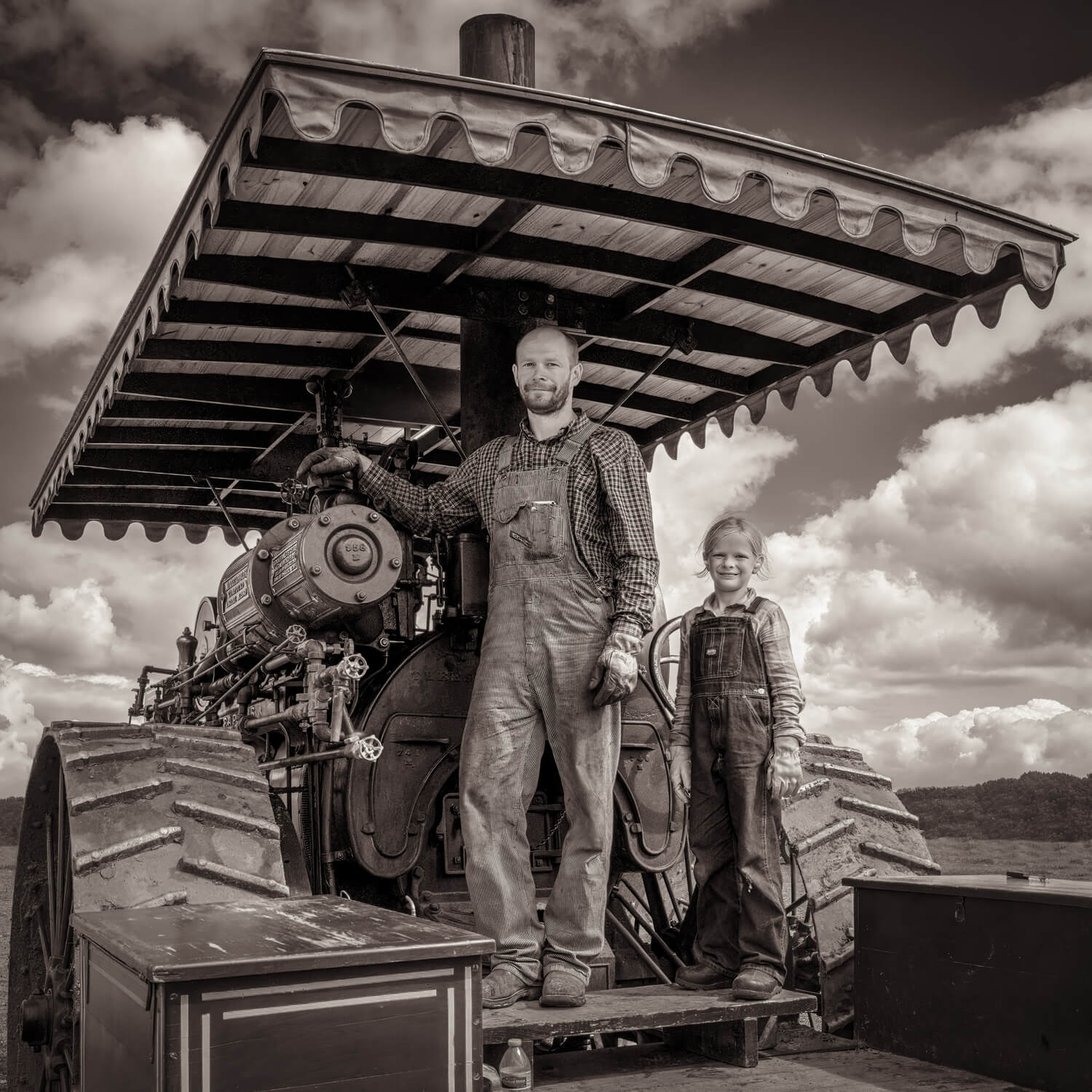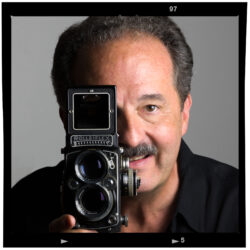
Michael Knapstein

PX3 Prix de la Photographie Paris 2024 – Professional
First Place Winner in Portraiture – A Day’s Work
How has your personal experience or background shaped the themes you explore in your photography?
I was born and raised in the American Midwest (specifically in Wisconsin, which is a beautiful state located in between the Mississippi River and the Great Lakes). Because of this, my surroundings have had a strong influence on my sense of aesthetics as well the subject matter I have chosen to photograph. Over the years, I have noticed many changes taking place in both the physical environment and the culture around me. In my photographic practice, I have tried to record and preserve the people and places that surround me before they disappear forever.
What drew you to participate in photography competitions like Px3, and how has this recognition influenced your career?
I enjoy the challenge of entering photography competitions, specifically international ones. I find it fascinating to learn how different teams of jurors from different parts of the world show appreciation for different types and styles of photographs. I think of PX3 as being in the upper tier of international competitions, which is why being named Professional Portrait Photographer of the Year is such an honor. Winning awards in top international competitions has been extremely important to my career. These awards have led to exposure to a large audience of influential editors, curators and collectors around the world. To date, my photographs have been exhibited in 22 countries on five continents. I have also sold prints to collectors worldwide. All of this would not have been possible without the visibility gained through winning in competitions like PX3.
Can you walk us through the creative process behind your winning image? Were there any unexpected moments during the shoot?
My nine-image series of portraits is entitled “A Day’s Work” and includes images taken in small towns across Wisconsin. To capture these images, I attended more than 50 small agricultural fairs and festivals in rural communities during the summer and autumn months. Many of these images include people with their antique farm equipment, sometimes dating back to steam-powered tractors and threshers made in the 1800s. Most of these machines have been restored to pristine condition, and the pride of this accomplishment is visible on the faces of the owners. I can’t recall any unexpected moments during these shoots – but I have been pleasantly surprised at how receptive everyone has been to being photographed. I have yet to have anyone decline being photographed.
How do you balance technical skill and artistic vision in your work?
I am an old-school photographer who grew up shooting film and making prints in a wet darkroom. Because of this background, print quality has always been very important to me. Not all styles of photography require the same level of technical proficiency. But my photographs, being realistic and documentary in nature, fall into a category that requires a fairly high level of technical skill. I have developed a workflow over the years that has become second nature to me. So I don’t consciously think about technical aspects while I am shooting. I try not to over-think the process and this allows my artistic vision to come through in my work.
In what ways do you think photography as a medium can drive social change or impact public perception?
Photography is – and always has been — a language with a powerful means to communicate a message. And decade by decade, the photographic language has continued to grow in importance. It has certainly never been more important than it is today. It is perhaps the most universal of all languages, as a single photograph can communicate instantly with audiences regardless of age, race, sex, ideology or geography. Because of this, I believe photography can drive social change or impact public perception more powerfully than any other form of communication. When photographs speak, everyone can listen.
Are there any particular genres or subjects you want to explore further in the future?
I feel like I have just begun to reach a deeper level of meaning with my “A Day’s Work” body of work, so I plan to continue exploring this series for some time to come. In addition, I would also like to capture portraits of the indigenous people of the Midwest. This is a project I have just begun.
What are your long-term goals as a photographer, and how do you plan to evolve your work moving forward?
I feel like I have grown as a photographer year after year. I would like to continue expanding the visibility of my work both domestically and internationally. I have been fortunate enough to exhibit my work in some amazing museums and galleries around the world, and hope to continue sharing my photographs of the American Midwest with new audiences across the globe.